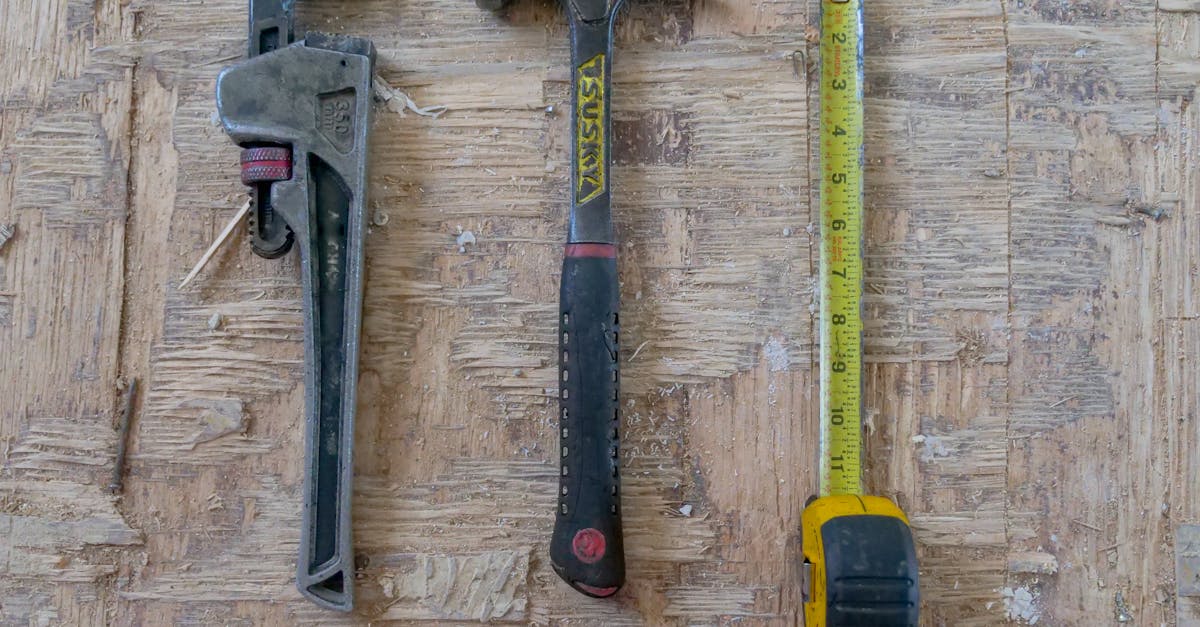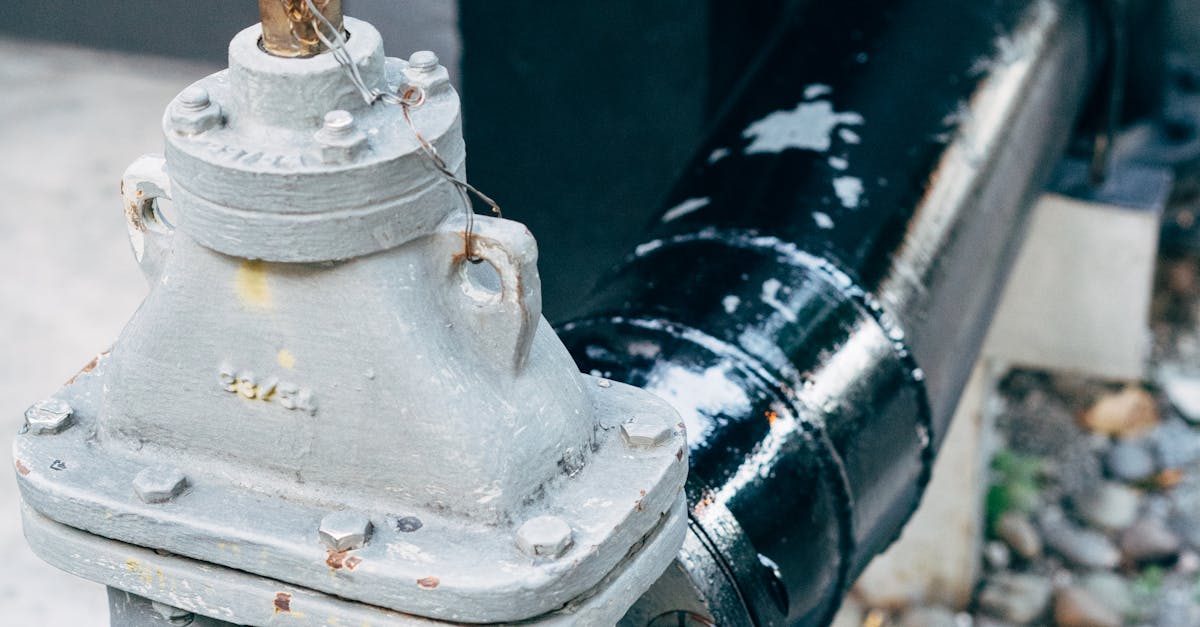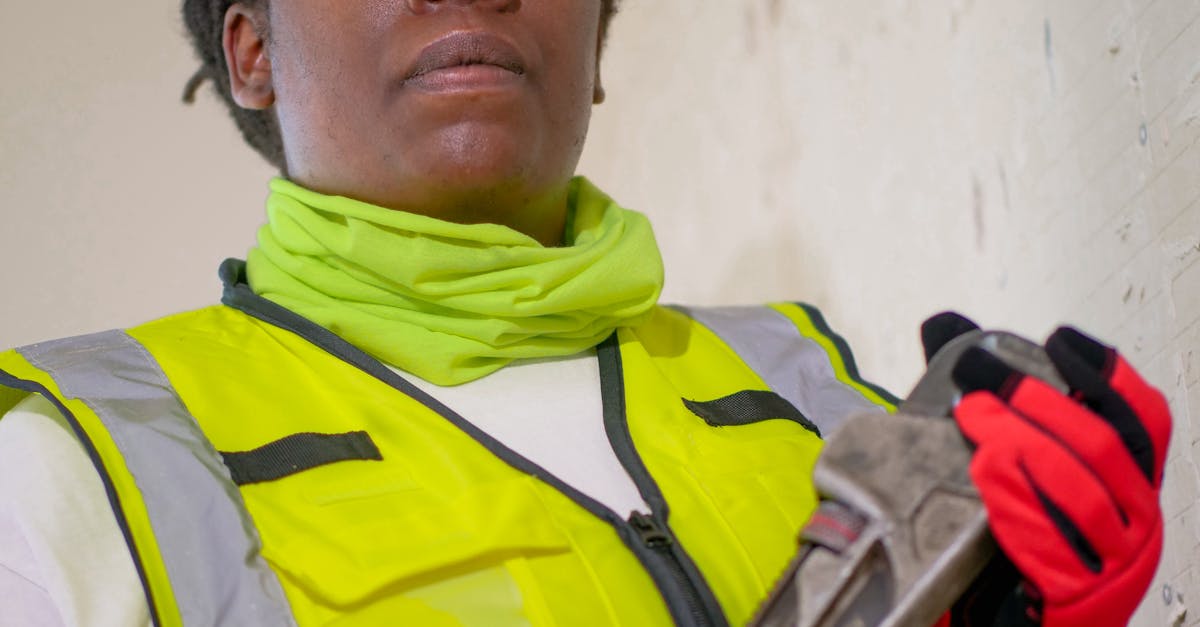
Table Of Contents
Environmental Impact
When deciding between repairing or replacing a faucet, considering the environmental impact is crucial. Faucet installation and repair have varying effects on the environment. Repairing a faucet can often be more sustainable as it reduces the need for new resources to be used. By fixing a faulty faucet instead of replacing it, you are contributing to reducing waste and conserving materials.
Faucet installation and repair play a part in the larger picture of sustainable living. Opting to repair a faucet can help in minimising the carbon footprint associated with manufacturing new fixtures. It is essential to weigh the environmental consequences of both options to make an informed decision that aligns with your values and sustainability goals.
Considering EcoFriendly Options
Considering eco-friendly options when it comes to faucet installation and repair can offer numerous benefits beyond just cost-saving. Opting for eco-friendly materials and practices not only reduces environmental impact but also promotes sustainability in the long run. By choosing energy-efficient faucets and water-saving features, homeowners can contribute to conserving water resources and lowering utility bills simultaneously.
When assessing eco-friendly options for faucet installation and repair, it is essential to look for products that adhere to water efficiency standards and regulations. Selecting faucets with high Water Efficiency Labelling and Standards (WELS) ratings can significantly reduce water wastage without compromising on performance. Additionally, considering features like aerators and flow restrictors can further enhance the faucet's water-saving capabilities, making it a conscious choice for both the environment and your wallet.
Water Efficiency
Analyzing the faucet's water usage is a crucial aspect to consider when deciding whether to repair or replace a faucet. Older faucets tend to be less water-efficient, leading to unnecessary wastage. When weighing the decision, calculate the water consumption of the existing faucet against modern models. Newer faucets come equipped with features like aerators and flow restrictors that help conserve water without compromising functionality.
Moreover, faucet installation and repair are not just about saving money; they also play a significant role in water conservation. By choosing a more water-efficient faucet, you contribute to reducing water wastage and conserving this precious resource. Always look for faucets that have high Water Efficiency Labelling and Standards (WELS) ratings for optimal water conservation without sacrificing performance.
Analyzing the Faucet's Water Usage
Before deciding whether to repair or replace a faucet, it is crucial to analyse the water usage of the current fixture. Faucets that are older or inefficient can waste a substantial amount of water, leading to higher bills and unnecessary strain on the environment. By understanding how much water is being used and potentially wasted through the existing faucet, homeowners can make a more informed decision on whether repairs or a replacement are the more sustainable choice.
When analysing the water usage of a faucet, factors such as flow rate and leaks should be carefully assessed. Even small drips or leaks can add up over time, significantly increasing water consumption. Faucet installation and repair professionals can conduct a comprehensive inspection to determine the extent of any issues and provide recommendations based on their findings. By focusing on the water efficiency of the faucet, homeowners can work towards reducing their ecological footprint and promoting sustainable water usage practices.
Aesthetics and Functionality
When determining whether to repair or replace a faucet, aesthetics and functionality play a crucial role. The appearance and performance of a faucet can significantly impact the overall look and usability of the kitchen or bathroom. If a faucet is outdated, damaged, or no longer complements the decor of the space, replacing it may be the optimal choice. New faucets come in a variety of styles, finishes, and designs, allowing homeowners to select one that not only fits their aesthetic preferences but also enhances the functionality of the sink area.
Faucet installation and repair are also influenced by the functionality of the existing faucet. If the faucet is constantly leaking, experiencing low water pressure, or showing signs of wear and tear that affect its performance, repairing may no longer be a cost-effective solution. Upgrading to a new faucet with enhanced features, such as touchless technology or adjustable water flow settings, can improve convenience and efficiency in daily tasks. Prioritising both aesthetics and functionality can lead to a satisfying and practical faucet choice that meets the needs of the household.
Factoring in Design and Features
When choosing whether to repair or replace a faucet, considering the design and features is crucial. The aesthetic appeal of a faucet can greatly impact the overall look of a bathroom or kitchen. If the current faucet design complements the space and the features are still functional, opting for a repair might be the more cost-effective choice. However, if an upgrade is desired to enhance the visual appeal or functionality of the area, replacing the faucet could be the better option.
Faucet installation and repair should not only be based on aesthetics but also on functionality. Modern faucets come with a variety of features like touchless operation, water-saving modes, and adjustable water flow settings. If the current faucet lacks these functionalities and upgrading would result in water conservation and improved efficiency, investing in a new faucet might be more beneficial in the long run. Additionally, considering the maintenance and repair costs of older faucets versus the energy-saving benefits of newer models is essential in making an informed decision.
FAQS
Can repairing a faucet be a cost-effective solution?
Repairing a faucet can be a cost-effective solution depending on the extent of the damage and the cost of replacement parts. In some cases, a simple repair can significantly extend the lifespan of the faucet.
How do I know if it's time to replace my faucet instead of repairing it?
It may be time to replace your faucet if it is constantly leaking, showing signs of corrosion, or if the cost of repairs is close to the price of a new faucet. Additionally, if you are looking to upgrade to a more water-efficient or aesthetically pleasing option, replacement may be the better choice.
What are some eco-friendly options to consider when replacing a faucet?
When replacing a faucet, consider eco-friendly options such as low-flow faucets, touchless faucets, or faucets made from sustainable materials. These options can help reduce water wastage and lower your environmental impact.
How can I analyze a faucet's water usage before deciding to repair or replace it?
To analyze a faucet's water usage, consider factors such as the flow rate (measured in gallons per minute) and the presence of any leaks. If your current faucet is not water-efficient, it may be more cost-effective in the long run to replace it with a more water-efficient option.
Should I take aesthetics and functionality into account when deciding to repair or replace a faucet?
Yes, aesthetics and functionality are important factors to consider when deciding whether to repair or replace a faucet. If your current faucet no longer complements your kitchen or bathroom decor or does not meet your functional needs, replacing it with a more suitable option may be the best choice.


